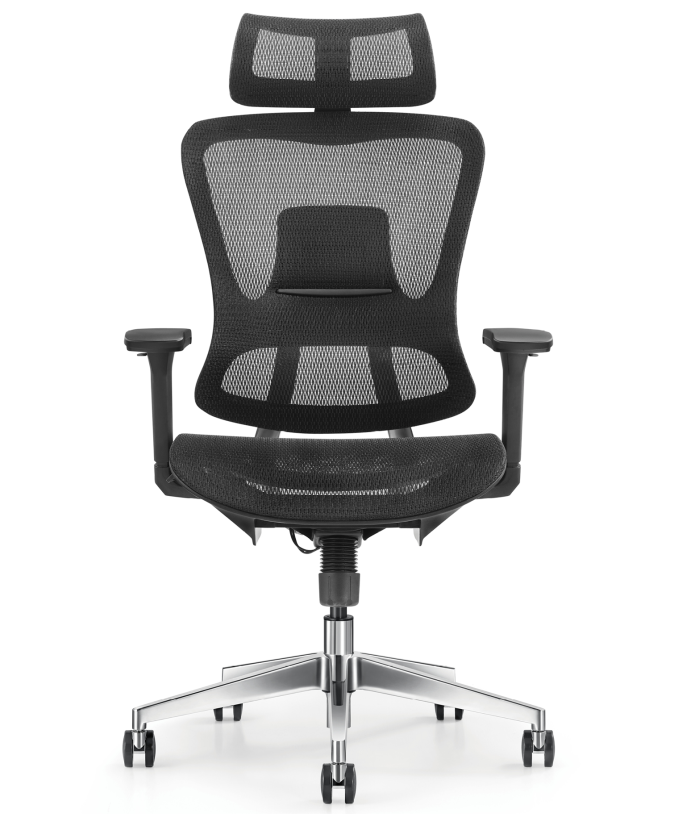
Ergonomic chairs are crucial for enhancing productivity and preventing discomfort, particularly in today’s work-from-home and office environments. Imagine a workspace where you can spend hours without experiencing aches or pains! Ergonomic chairs, designed with optimal posture support, offer a significant boost to productivity by reducing physical stress and allowing for focused work sessions. Many office workers suffer from back and neck pain, often due to poor posture or inadequate chair support. This article will explore the benefits of ergonomic chairs, explaining how they can solve these problems and significantly enhance your work performance.
Understanding the Importance of Ergonomic Chairs
The Connection Between Posture and Productivity
Choosing the right ergonomic chair is directly linked to overall well-being and productivity. Proper posture, facilitated by an ergonomic chair, promotes blood circulation, reduces strain on muscles and joints, and allows for sustained focus. Studies have shown a strong correlation between physical discomfort and decreased productivity, highlighting the critical function of ergonomic office chairs in fostering a productive and comfortable work environment.
Addressing Common Workplace Pain Points
Numerous professionals experience chronic pain, often originating from the discomfort of prolonged sitting in traditional chairs. Pain in the neck, shoulders, back, and hips can hinder concentration and overall performance. Ergonomic chairs, with adjustable attributes, are designed to cater to individual needs, accommodating varying body types and promoting healthy posture. These issues extend far beyond the office and to any workspace, including home offices and areas devoted to hobbies like crafting or gaming.
Key attributes of Ergonomic Chairs
Adjustable Support Systems
Ergonomic chairs often boast a scope of adjustable elements, including lumbar support, headrests, armrests, and seat height. These adjustable attributes are crucial for personalized comfort and support. Adjusting these elements allows users to maximize the chair’s fit to their specific body dimensions, ensuring optimal posture throughout the workday.
Materials and Construction
High-quality materials and construction are essential for durability and comfort. Mesh backs and breathable fabrics promote airflow, preventing excessive sweating and maintaining a comfortable temperature. Strong, supportive frames offer stability and support, ensuring the chair can withstand daily use.
The Impact on Overall Well-being
Preventing Long-Term Health Issues
Investing in ergonomic chairs is not just about immediate comfort but also about preventing long-term health problems. By promoting good posture, these chairs can minimize the risk of back pain, neck pain, carpal tunnel syndrome, and other musculoskeletal disorders commonly associated with prolonged sitting.
Enhancing Focus and Concentration
When physical discomfort is minimized, focus and concentration are enhanced. This is crucial for productivity, especially in today’s demanding work environments. Ergonomic chairs contribute to a more comfortable and productive work atmosphere.
Choosing the Right Ergonomic Chair for Your Needs
Considering Your Workspace
Factors like the type of work you do, the size of your workspace, and your personal preferences play a significant function in choosing the right chair. An ergonomic chair for a small home office may differ from one designed for an industrial workspace.
Exploring varied Styles and Brands
Numerous brands and styles of ergonomic chairs cater to diverse budgets and needs. Look for reputable brands known for their quality and user-friendliness. Reading reviews from previous users can offer valuable insights into a chair’s attributes and efficacy.
Case Studies and Real-World Examples
Employee Satisfaction and Productivity
Many companies have reported significant improvements in employee satisfaction and productivity after adopting ergonomic chairs. By incorporating these chairs, they’ve observed a noticeable reduction in reported musculoskeletal pain and boostd focus among their employees. These benefits often translate into reduced absenteeism and boostd overall work output.
Cost examination
Analyzing the long-term cost of employee health concerns—such as pain and doctor visits—compared to the cost of ergonomic office chairs, companies often find a compelling return on investment. The return can be in the form of improved productivity, reduced sick days, and a healthier workforce.
In conclusion, ergonomic chairs are a worthwhile investment for enhanced productivity and well-being in the workplace or at home. Choosing the right chair tailored to your needs and preferences is key to long-term comfort and minimizing discomfort. By considering factors like adjustable attributes, material, support, and overall design, you can unlock a new level of comfort and efficiency in your daily activities. Explore our thorough guide for more detailed information on ergonomic chairs.